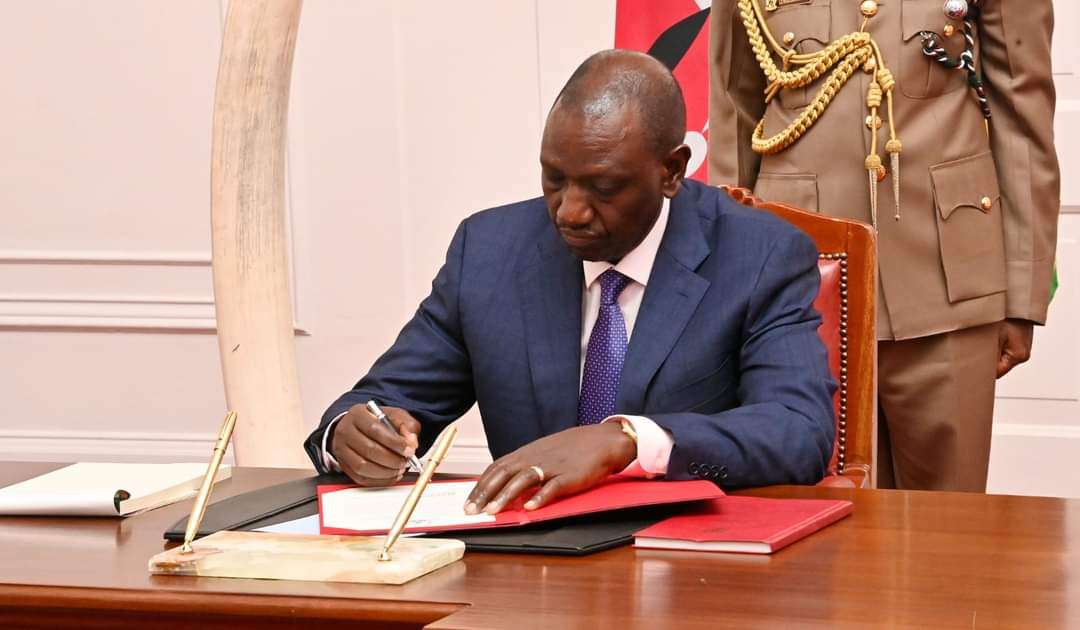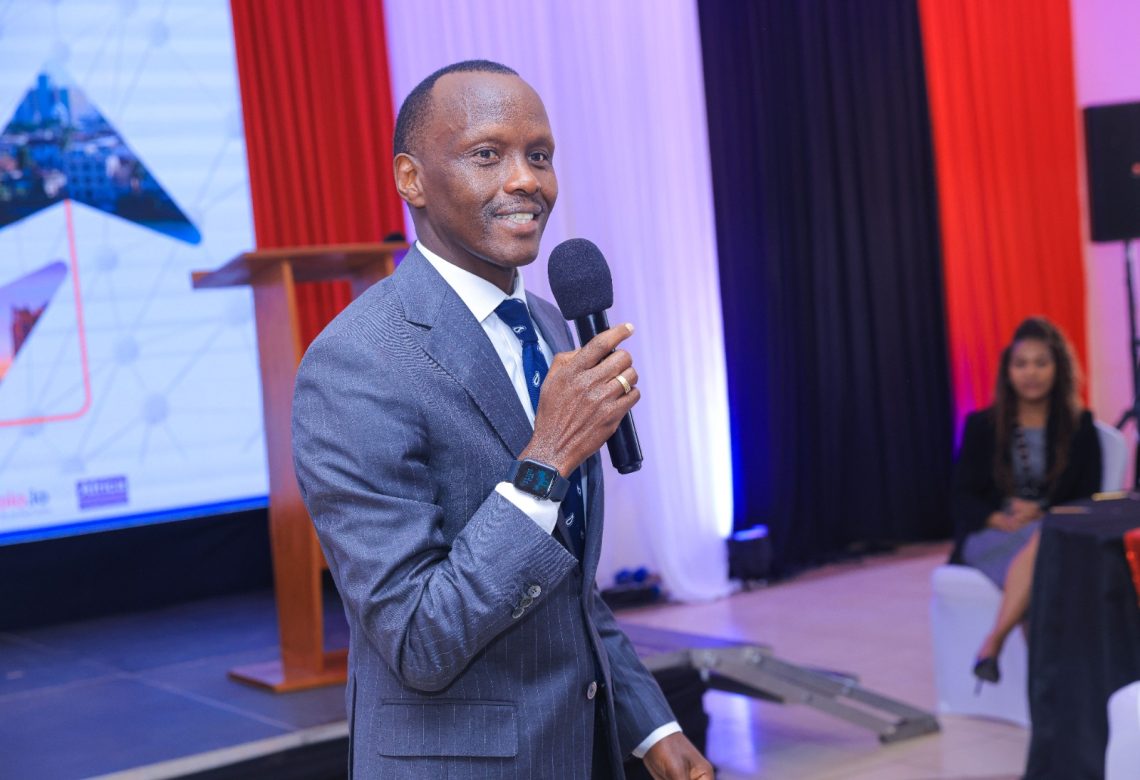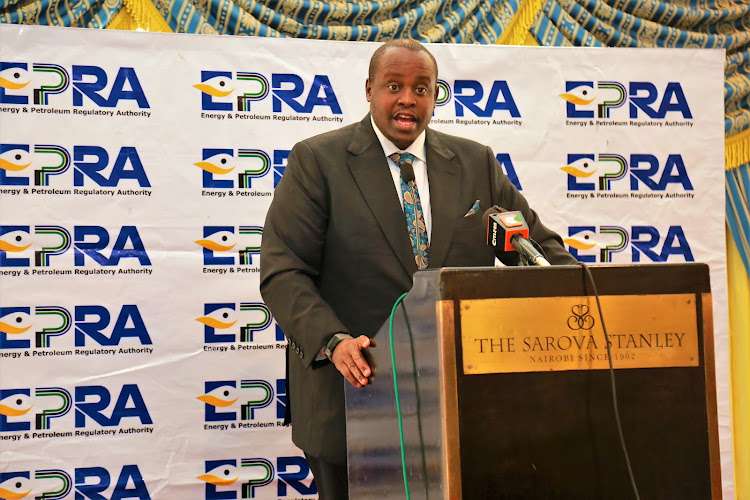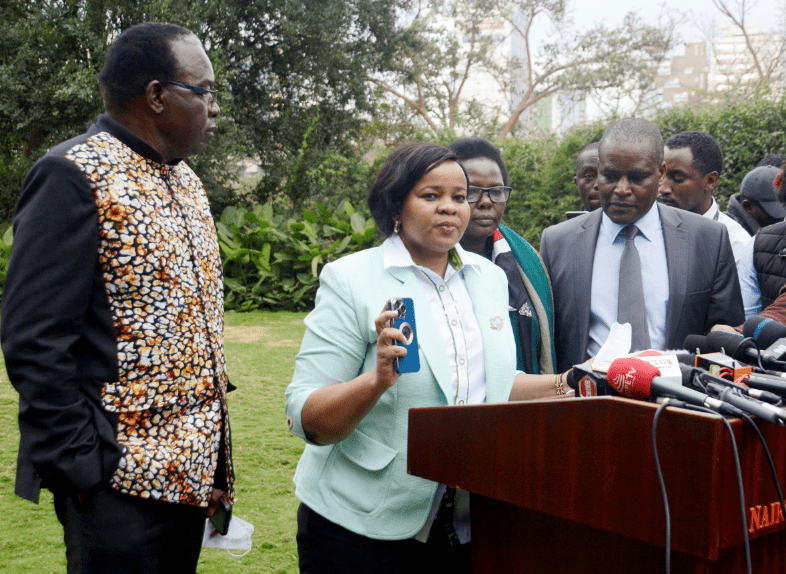President William Ruto has unveiled an ambitious plan aimed at reshaping Kenya by 2027, aligning his agenda with the Vision 2030 development strategy. The plan, which consists of seven pillars, was first introduced during the run-up to the 2022 general election under the Kenya Kwanza coalition.
With a focus on reviving the economy in the post-COVID era, President Ruto emphasized the need for radical economic changes to expedite job creation. He criticized traditional economic policies, stating that the free market often favoured the privileged and was controlled by cartels. President Ruto’s economic agenda revolves around a five-point program aimed at implementing radical reforms while breaking away from the status quo. This program includes investing in agriculture and food security, providing support for MSMEs, constructing affordable housing, establishing healthcare facilities, expanding infrastructure such as fibre optic connectivity, and enhancing education programs.
The President emphasized the importance of the fourth Medium-Term Plan (MTP) covering 2023-2027 in achieving economic growth and job creation. He highlighted the need to address economic disparities, low productivity, and vulnerability to shocks as key challenges facing the nation. Aligned with the Vision 2030 development strategy, President Ruto’s plan aims to propel Kenya towards becoming a middle-income, newly industrialized nation by 2030. Through these initiatives, he seeks to deliver on the aspirations of the Kenyan people and foster sustainable economic development.





